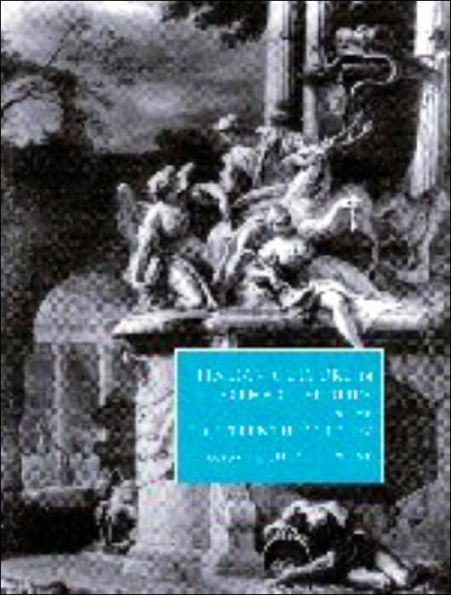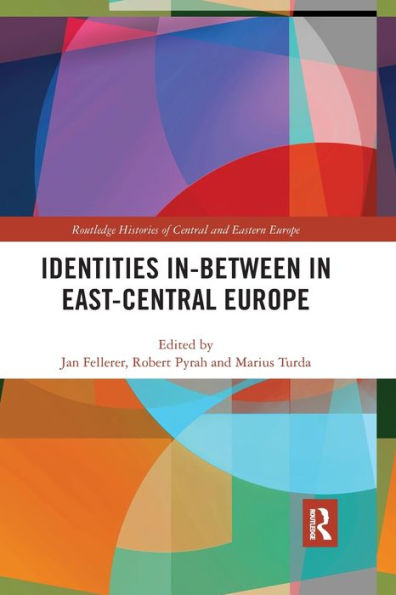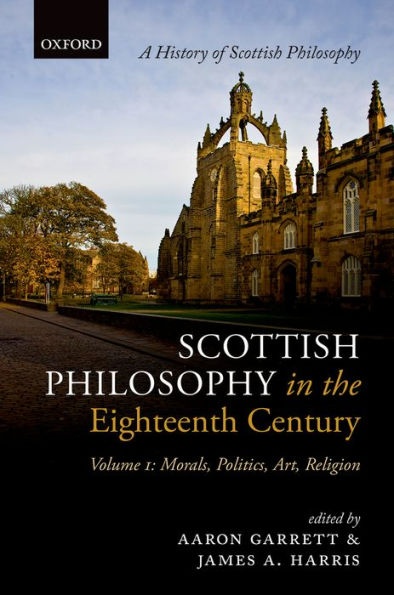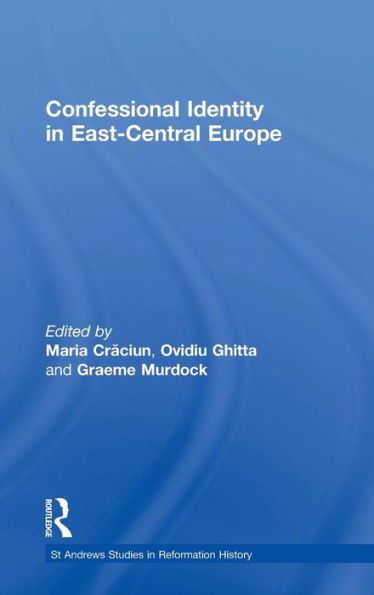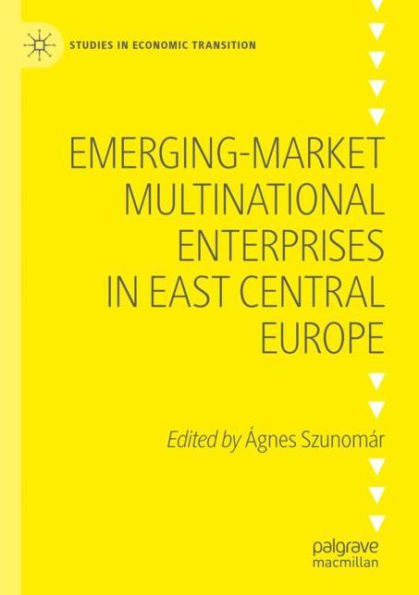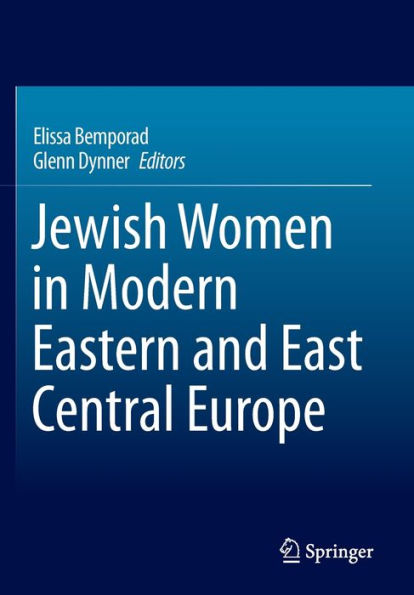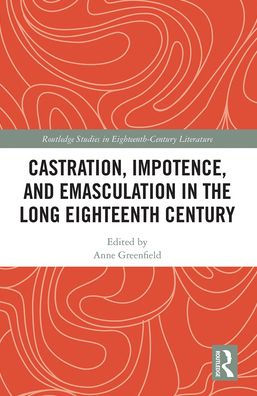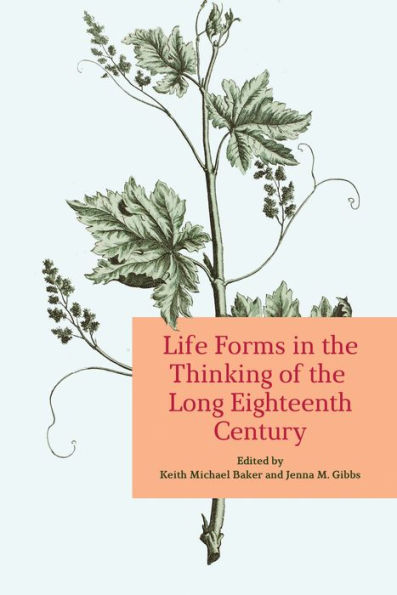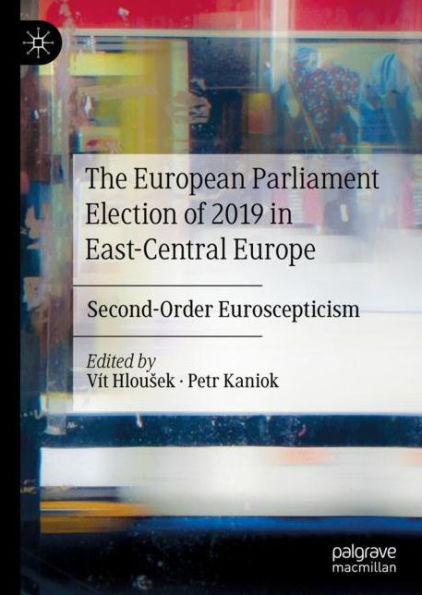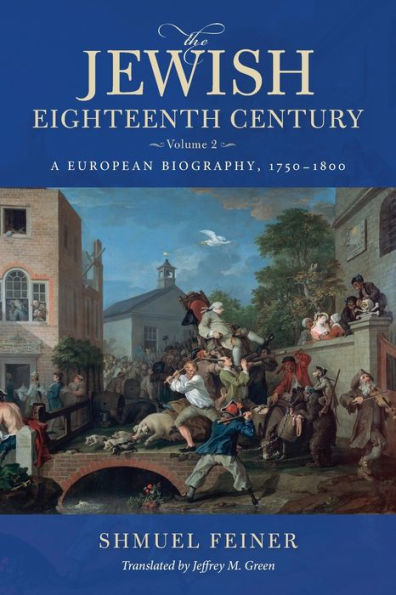Home
Parliamentarism Northern and East-Central Europe the Long Eighteenth Century: Volume I: Representative Institutions Political Motivation
Loading Inventory...
Barnes and Noble
Parliamentarism Northern and East-Central Europe the Long Eighteenth Century: Volume I: Representative Institutions Political Motivation
Current price: $200.00
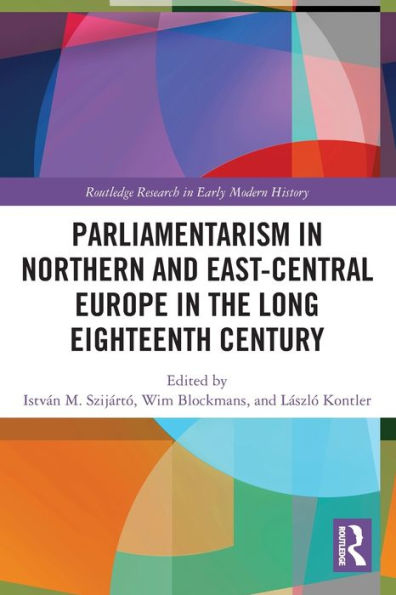

Barnes and Noble
Parliamentarism Northern and East-Central Europe the Long Eighteenth Century: Volume I: Representative Institutions Political Motivation
Current price: $200.00
Loading Inventory...
Size: Hardcover
*Product Information may vary - to confirm product availability, pricing, and additional information please contact Barnes and Noble
This volume investigates the history of the representative assemblies of Sweden (the
riksdag
), Poland (the
sejm
) and Hungary (the
diaeta
) in the final period of the
ancien régime
. It concentrates on the practices and ideas of parliamentarism and constitutionalism, and examines the ideologies that motivated the members of these parliaments. Attempts at the suppression as well as the restoration of the estates’ power in all these three countries are examined, as well as, in the case of Hungary, the establishment of popular representation that eventually replaced the estates. These three early modern representative assemblies have never before been explored systematically in a comparative framework.
riksdag
), Poland (the
sejm
) and Hungary (the
diaeta
) in the final period of the
ancien régime
. It concentrates on the practices and ideas of parliamentarism and constitutionalism, and examines the ideologies that motivated the members of these parliaments. Attempts at the suppression as well as the restoration of the estates’ power in all these three countries are examined, as well as, in the case of Hungary, the establishment of popular representation that eventually replaced the estates. These three early modern representative assemblies have never before been explored systematically in a comparative framework.
